
بريد إلكتروني أذكى، وأعمال أسرع. وسم وتحليل والرد تلقائيًا على طلبات العروض، وعروض الأسعار، والطلبات، والمزيد — فورًا.
الرائج الآن
Categories
AltoVolo Unveils High-Speed eVTOL Aircraft for Personal Flight
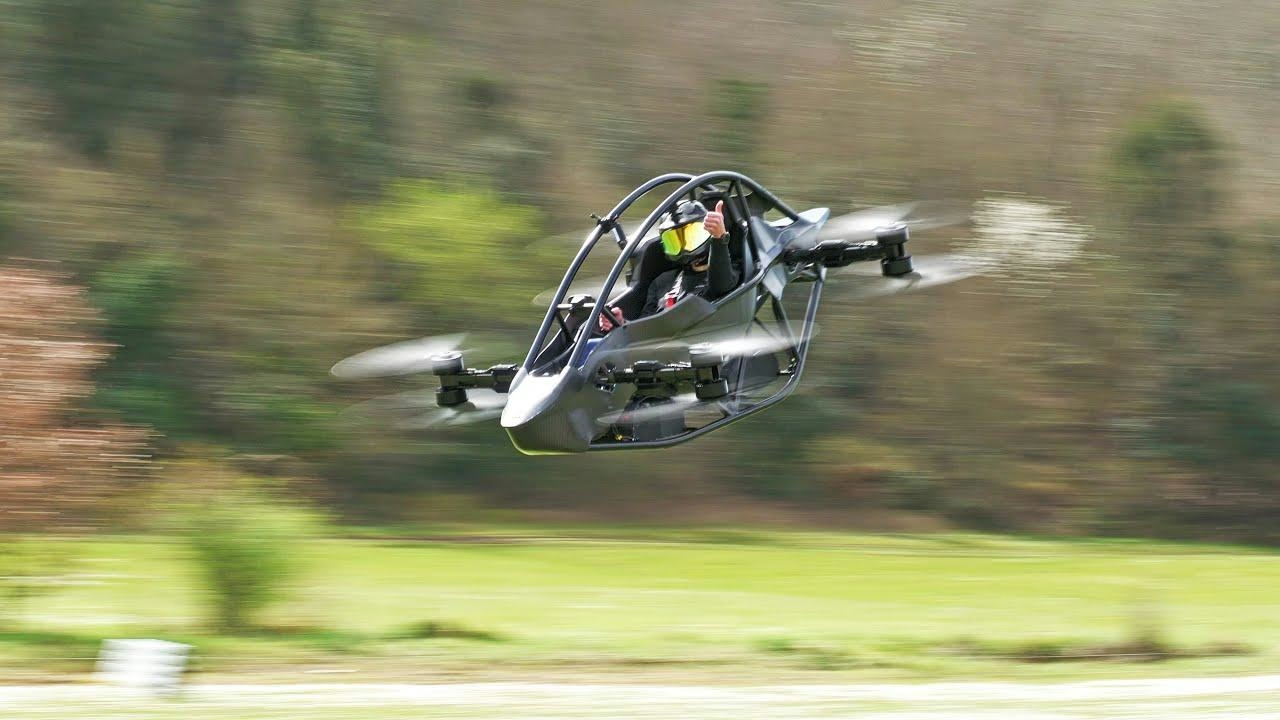
AltoVolo Unveils High-Speed eVTOL Aircraft for Personal Flight
AltoVolo has introduced the Sigma, a hybrid electric vertical takeoff and landing (eVTOL) aircraft designed for personal use, aiming to transform private air travel. The Sigma merges the convenience of vertical takeoff with jet-like speeds, promising a new level of freedom and independence for individual flyers.
Jet Performance with a Compact Design
The Sigma’s design evokes a high-performance concept car rather than a conventional aircraft. Measuring just under 16 feet in width, it is compact enough to fit within a standard two-car garage. Its innovative hybrid-electric propulsion system incorporates a patent-pending tilting electric jet mechanism, allowing the aircraft to take off and land vertically like a helicopter before transitioning to high-speed jet flight. This powertrain combines the immediate torque of batteries with the sustained energy of liquid fuel, enabling a top speed of 290 mph, a cruising speed of 220 mph, and a range of up to 510 miles.
Quiet Operation Suitable for Residential Areas
Noise pollution has long hindered the adoption of urban and residential air mobility. The Sigma addresses this challenge with a noise profile that is over 80% quieter than conventional helicopters. Its takeoff noise is comparable to that of a household dishwasher, registering around 65 to 70 decibels from a distance of 328 feet. This significant reduction in noise could make personal aircraft practical for use in neighborhoods, private estates, or even on yachts, broadening the scope of where personal flight can be integrated into daily life.
Focus on Personal Ownership
Unlike many eVTOL manufacturers such as Joby and Archer Aviation, which primarily target air taxi services and short urban routes, AltoVolo is positioning the Sigma as a personal vehicle. This approach offers users the flexibility to fly on their own schedules, free from the limitations of airports and boarding procedures. By emphasizing individual ownership, AltoVolo distinguishes itself in a rapidly evolving and competitive sector.
Challenges in a Competitive Market
AltoVolo’s vision emerges amid a surge of innovation in advanced air mobility. Established companies like Joby and Archer Aviation have made notable strides—Joby recently completed a nine-hour hydrogen-powered flight, while Archer continues flight trials in Abu Dhabi. Other competitors, including Sora with its 30-passenger eVTOL shuttle and Air One’s dual-role aircraft, illustrate the sector’s dynamic pace and diversity.
Despite this momentum, significant challenges remain. Regulatory approval, integration into existing airspace systems, and the establishment of rigorous safety standards pose considerable hurdles for AltoVolo and its competitors. Market reception is expected to be mixed; while early adopters may be attracted to the Sigma’s promise of personal flight, traditional aviation stakeholders may question its practicality and safety.
The Future of Personal Flight
AltoVolo envisions the Sigma as more than a transportation device—it represents a lifestyle shift, offering a new form of independence in the skies. As the advanced air mobility sector intensifies, the Sigma’s combination of high performance, quiet operation, and personal ownership could influence the future of aviation, contingent on overcoming regulatory and technological challenges.
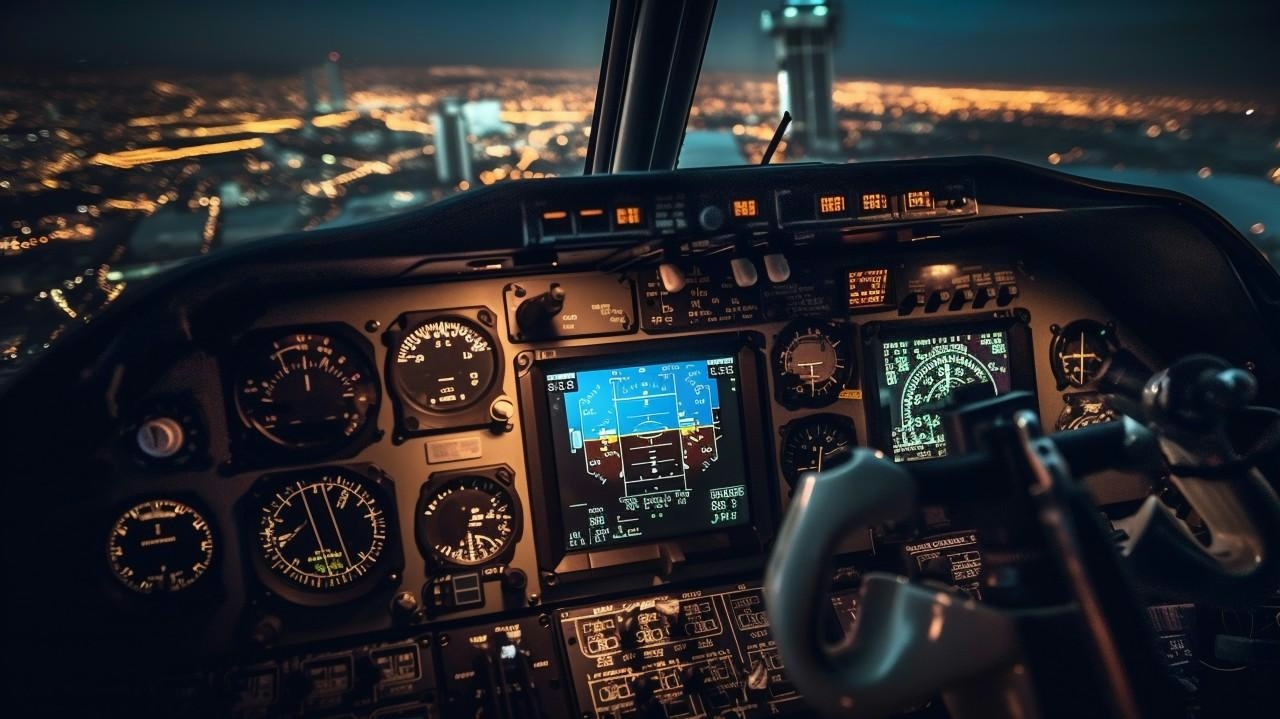
Aviation Software Market Outlook Through 2032
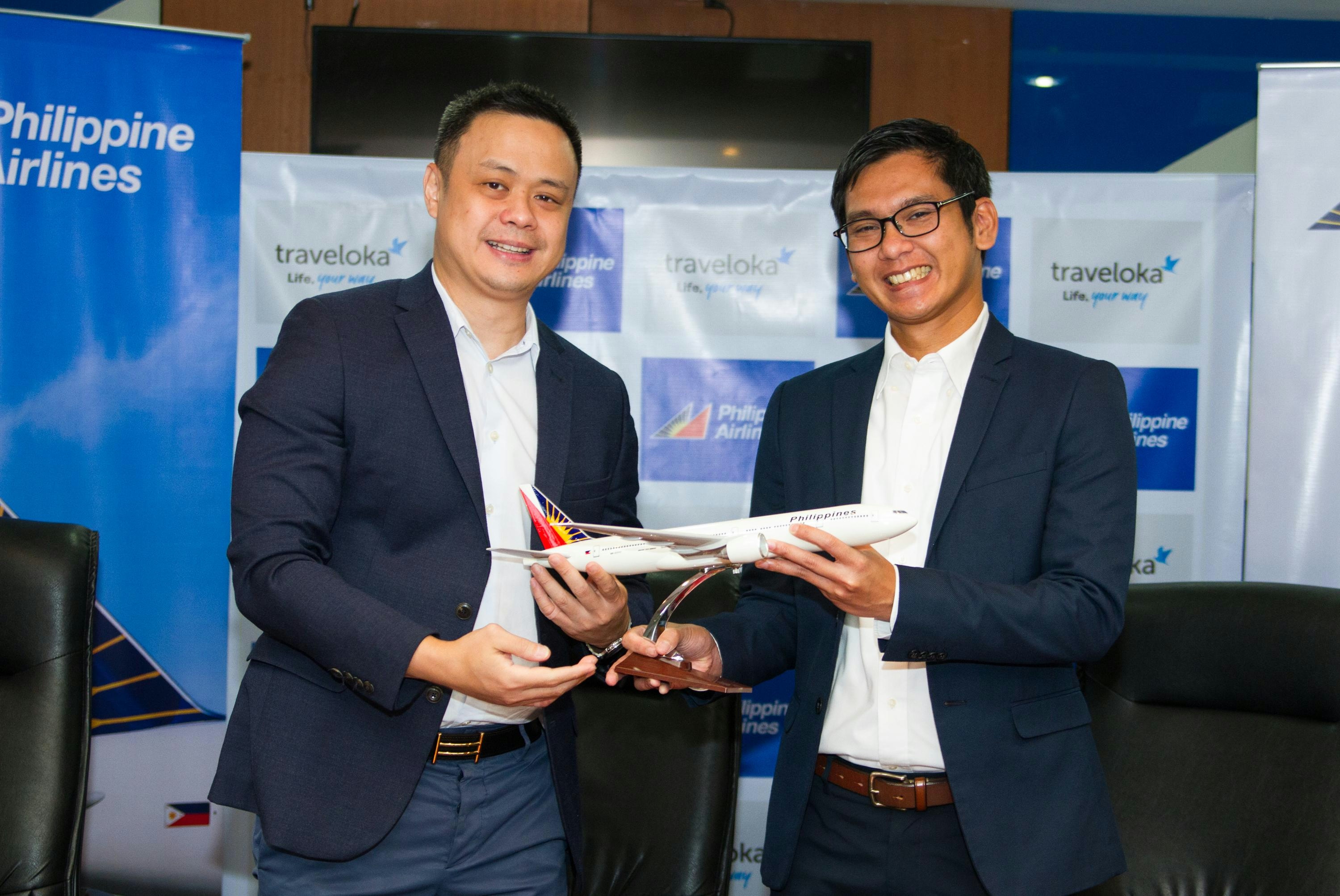
Traveloka harnesses AI to boost airline partnerships
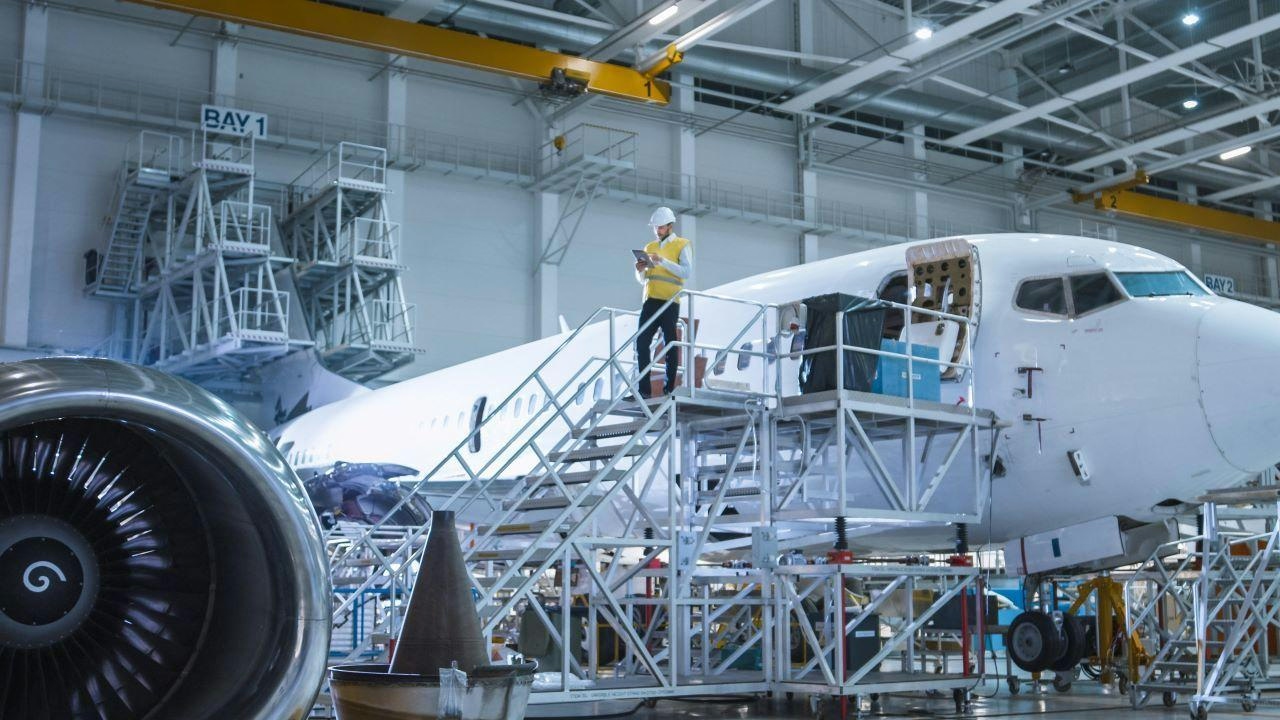
Asia-Pacific Aviation Growth Drives Demand for Maintenance and Repair

Asia-Pacific Aerospace MRO Leaders Urge Adaptability and Collaboration for Growth
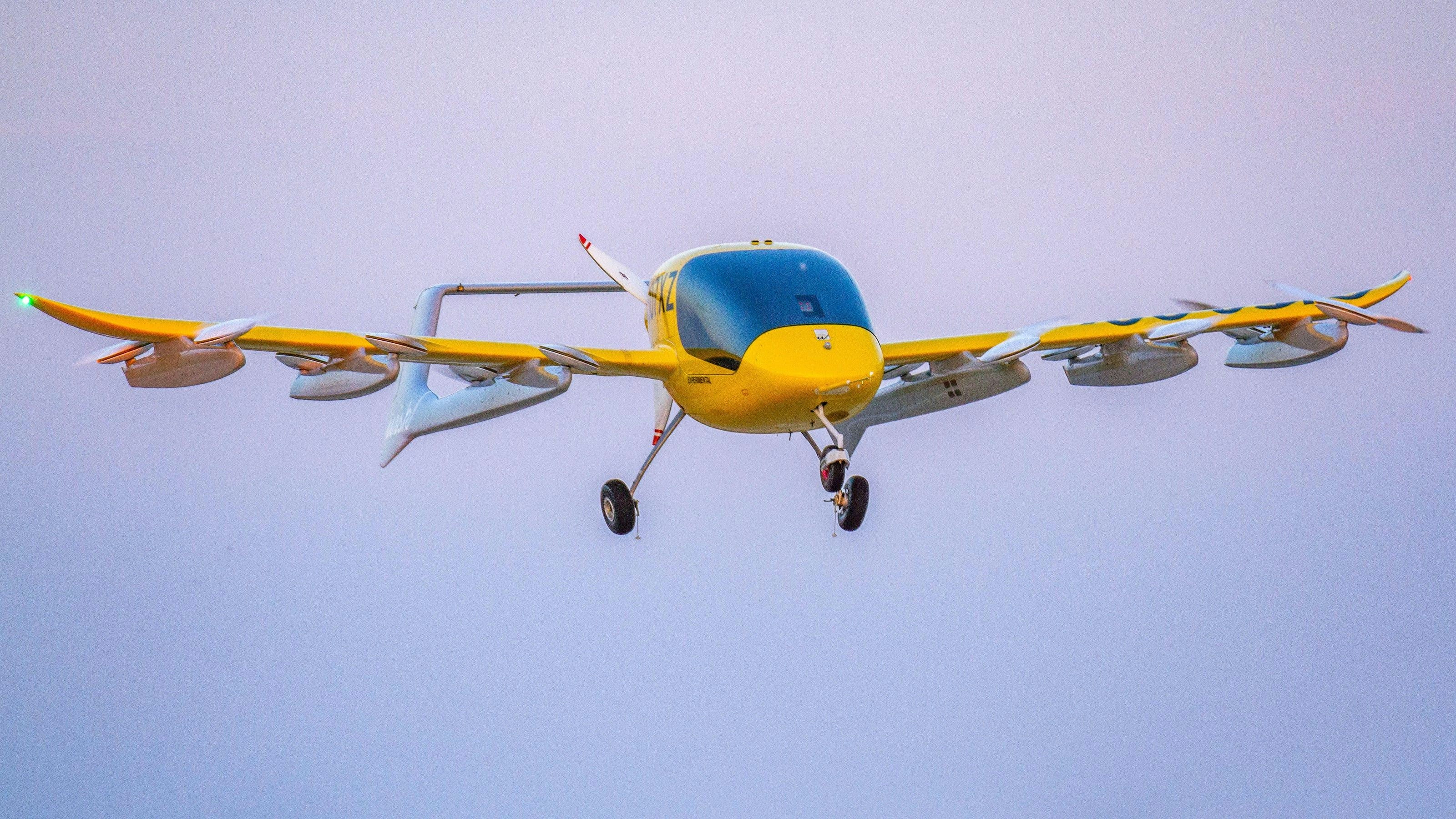
Autonomous Air Taxi Added to EAA AirVenture Museum Collection
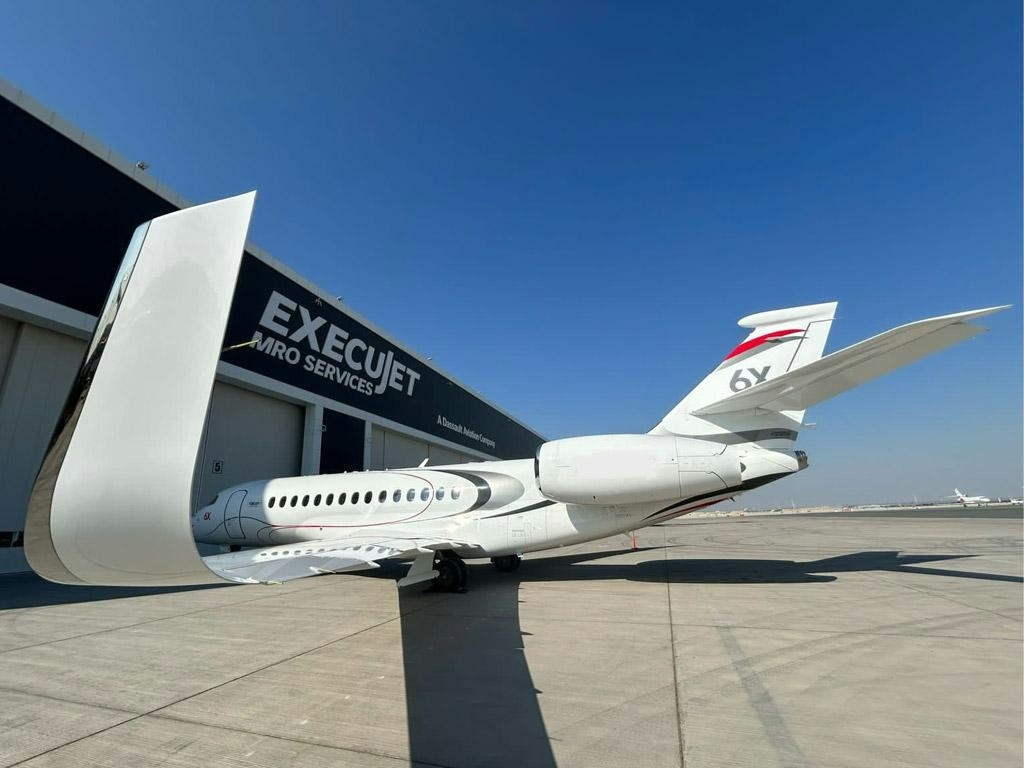
Singapore Plans Investment in Indian Civil Aviation MRO Facilities: MEA
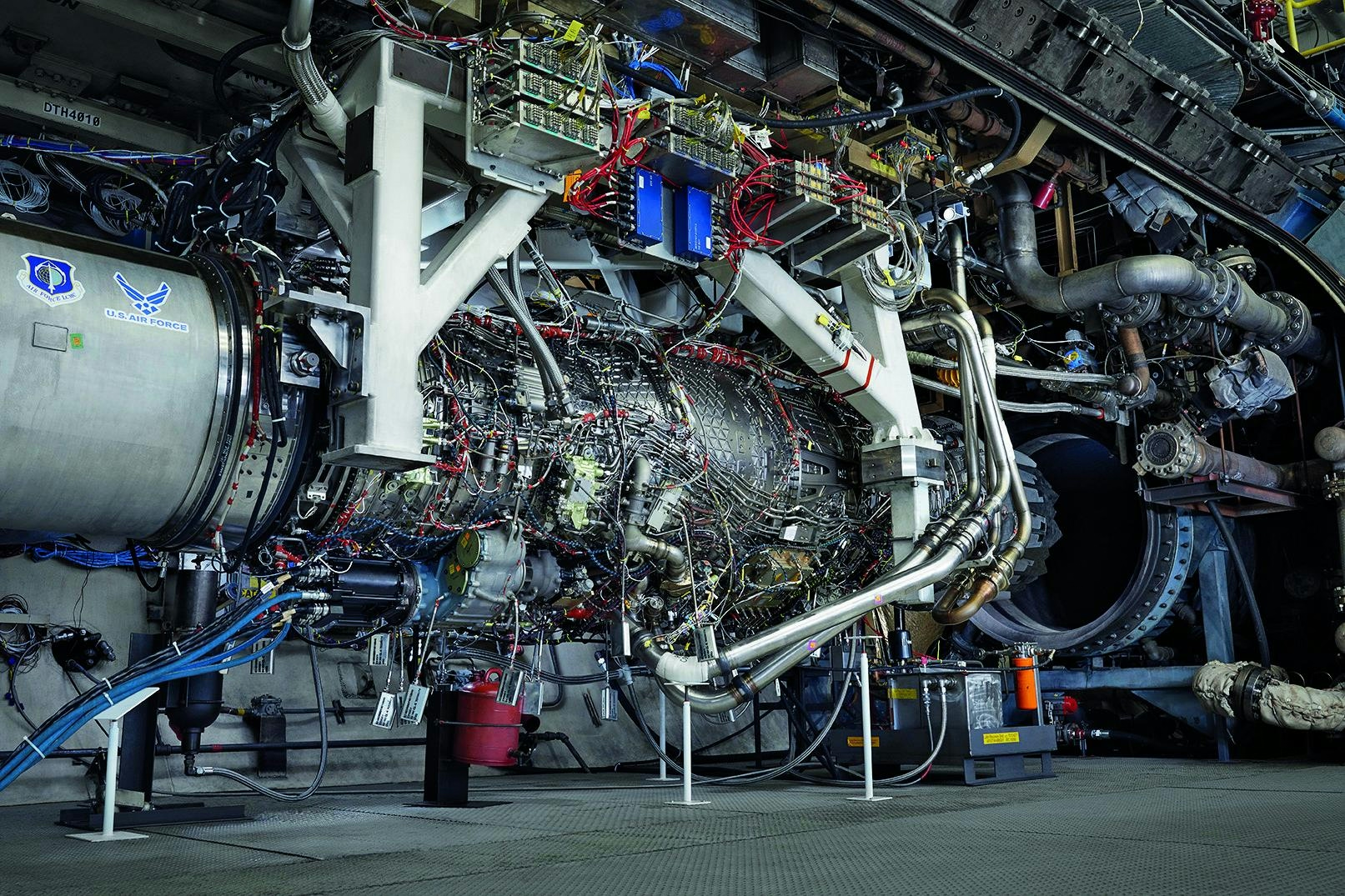
GE Aerospace Partners to Develop Hybrid Electric Aircraft Engines
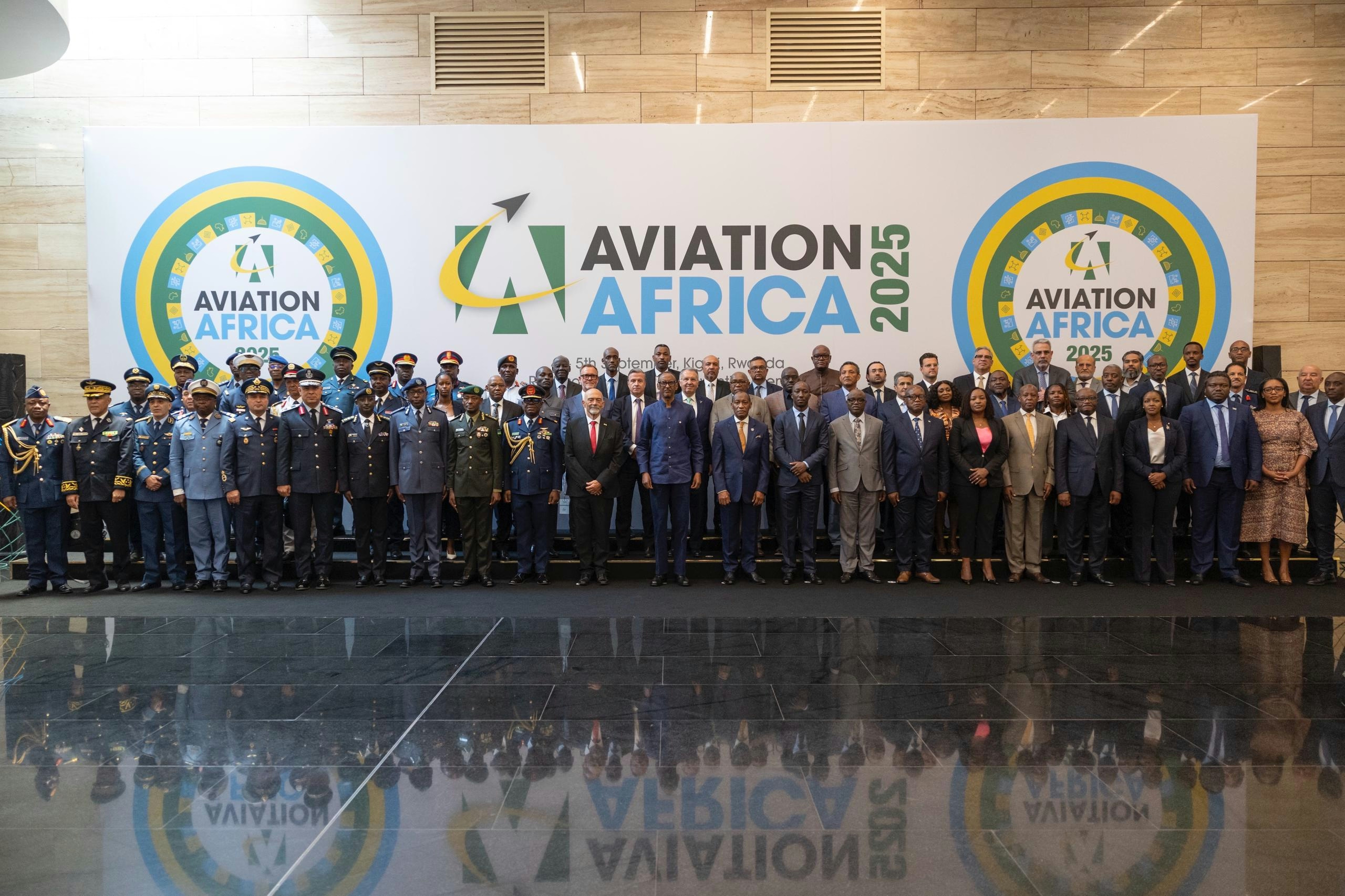
Kagame Criticizes High Cost of Air Travel in Africa
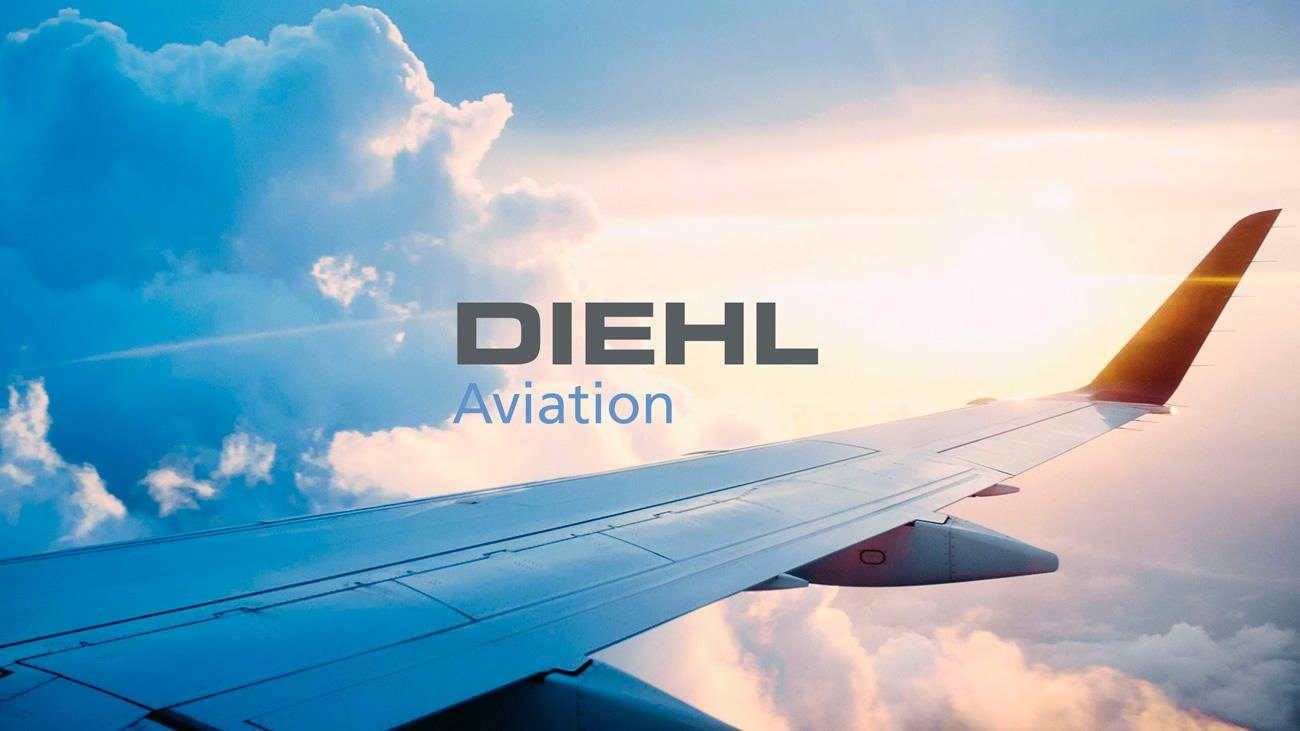
Air Quality Management
